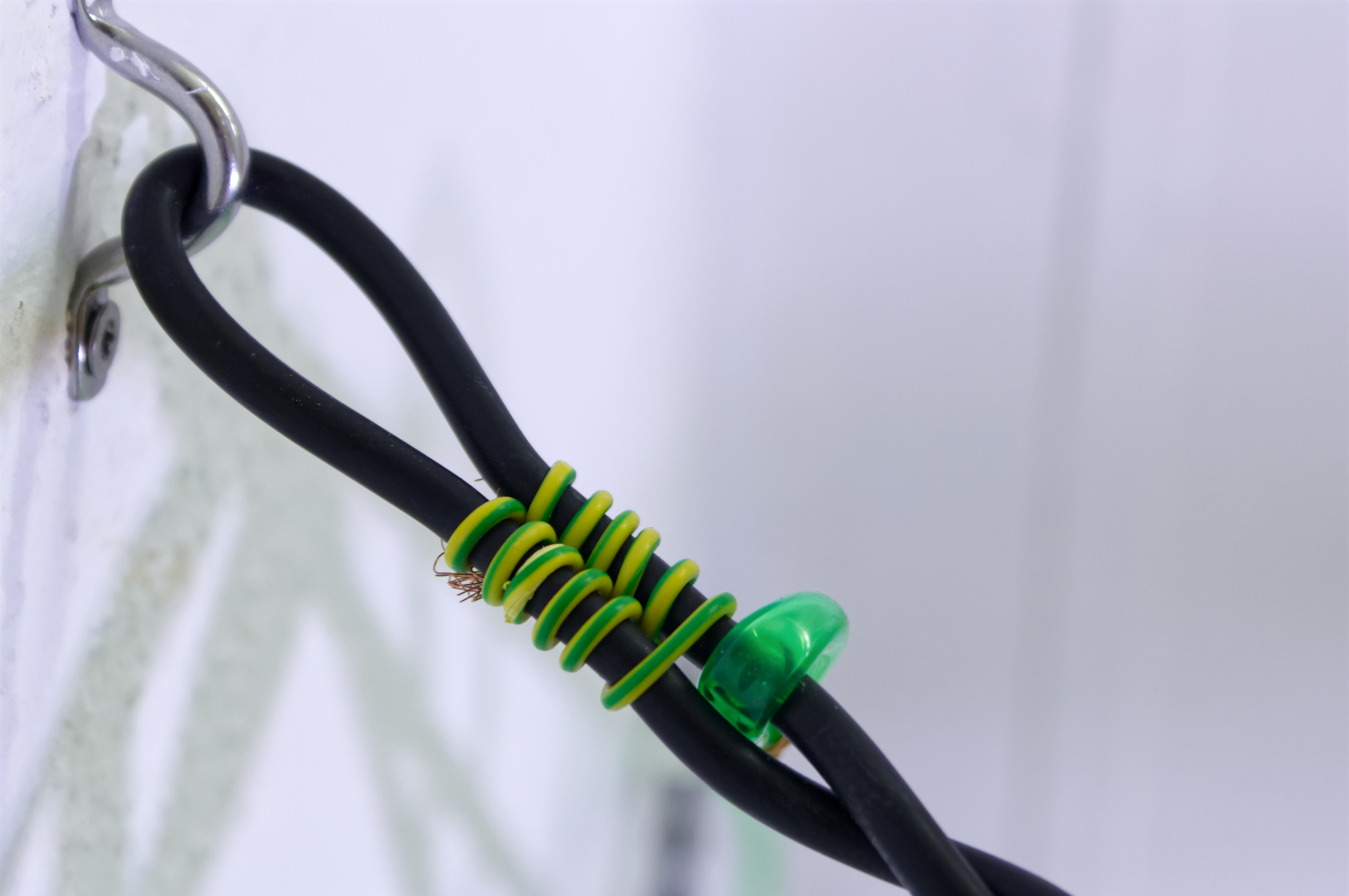
Art & Science Residency
Trafo, Jena
July-November 2021
Trafo, Jena
July-November 2021
Experimental Field
An artistic interpretation during the art & science residency program ‘die Entstehung einer Künstlerische Tatsachen’ from July-October 2021.
During my time in Jena, I visited the Max Planck Institute for Chemical Ecology, the Leibniz-Hans Knöll Institute, and the Electron Microscopy Center. The elements in this installation tell stories of the Nicotiana Attenuata, a plant native to Utah, and how the microbiome is researched in both natural landscapes and in the lab. The experimental field narrates the repetitive, method-based research in the labs and in Utah. Art techniques are explored to process ideas of legitimacy, truth, and failure that takes place in both artistic and scientific methods.
The result of this residency materialised in a large collections of small experiments using angle sensors for interactive sound installations, movement sensors for lighting, ceramics, found scientific materials from laboratories, self-made pigments using plants from the Jena Botanical Garden waste bin as well as the Nicotiana Attenuata plant, wires, a raspberry pi, human breast milk, silicone, tubes of archived Fusarium fungi, tufted wool, and other various materials.
Many thanks to Daniel Veit (workshop technician and programmer, Max Planck Institute for Chemical Ecology); Pooja Mehta (PhD Student, Max Planck Institute for Chemical Ecology); Dr. Franziska Eberl (Life Sciences Coordinator, Max Planck Institute for Chemical Ecology); Dr. Sandor Nietzche (research associate, Electron Microscopy Center); Kerstin Voigt (head of microbial resource collection, Leibniz-Hans Knöll Institute); Angela Overmeyer (Public Relations, Max Planck Institute for Chemical Ecology); and Dr. Aleš Svatoš (Group Leader of Mass Spectrometry, Max Planck Institute for Chemical Ecology)
An artistic interpretation during the art & science residency program ‘die Entstehung einer Künstlerische Tatsachen’ from July-October 2021.
During my time in Jena, I visited the Max Planck Institute for Chemical Ecology, the Leibniz-Hans Knöll Institute, and the Electron Microscopy Center. The elements in this installation tell stories of the Nicotiana Attenuata, a plant native to Utah, and how the microbiome is researched in both natural landscapes and in the lab. The experimental field narrates the repetitive, method-based research in the labs and in Utah. Art techniques are explored to process ideas of legitimacy, truth, and failure that takes place in both artistic and scientific methods.
The result of this residency materialised in a large collections of small experiments using angle sensors for interactive sound installations, movement sensors for lighting, ceramics, found scientific materials from laboratories, self-made pigments using plants from the Jena Botanical Garden waste bin as well as the Nicotiana Attenuata plant, wires, a raspberry pi, human breast milk, silicone, tubes of archived Fusarium fungi, tufted wool, and other various materials.
Many thanks to Daniel Veit (workshop technician and programmer, Max Planck Institute for Chemical Ecology); Pooja Mehta (PhD Student, Max Planck Institute for Chemical Ecology); Dr. Franziska Eberl (Life Sciences Coordinator, Max Planck Institute for Chemical Ecology); Dr. Sandor Nietzche (research associate, Electron Microscopy Center); Kerstin Voigt (head of microbial resource collection, Leibniz-Hans Knöll Institute); Angela Overmeyer (Public Relations, Max Planck Institute for Chemical Ecology); and Dr. Aleš Svatoš (Group Leader of Mass Spectrometry, Max Planck Institute for Chemical Ecology)
























